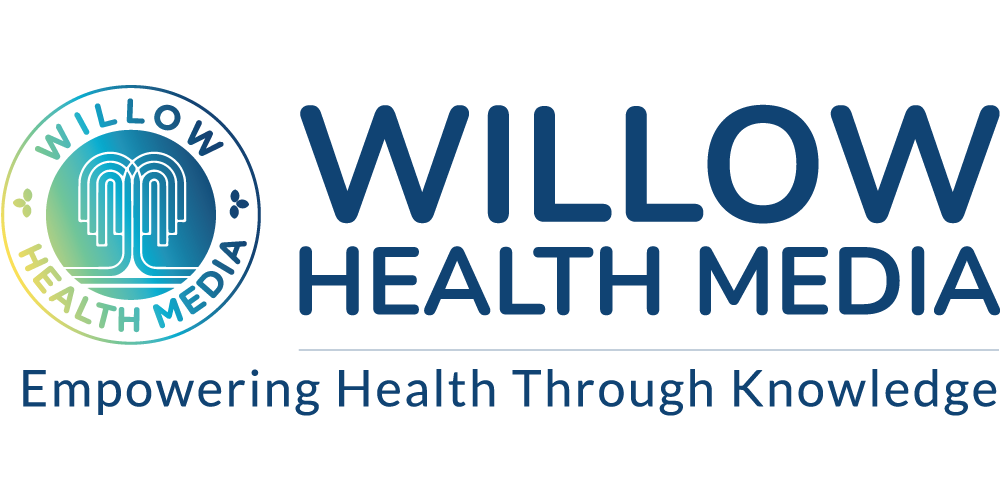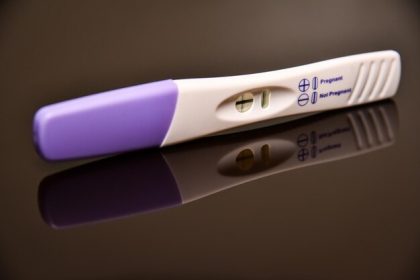For you, as a pregnant woman, the Pharmacy and Poisons Board (PPB) confirms that paracetamol is still the recommended medicine for pain and fever-and it has no connection to autism.
A new wave of online fear is creating doubt about one of the world’s safest and most essential medicines: paracetamol (known as acetaminophen or Tylenol).
The heart of this fear is a troubling claim: using paracetamol for pain or fever during pregnancy may be connected to neurodevelopmental conditions like autism and Attention Deficit Hyperactivity Disorder (ADHD) in the child.
These misleading statements from some global leaders, like recent remarks by US President Donald Trump linking paracetamol to autism, are amplified by social media. This dangerous mix of misinformation could dismantle life-saving medical guidelines that have protected mothers and babies for decades.

Despite the online noise, leading health experts and Kenyan regulators agree on a clear truth: when used correctly, paracetamol is both safe and necessary. Indeed, the Pharmacy and Poisons Board (PPB) has rigorously maintained that paracetamol remains the recommended choice for pain and fever relief for expectant women.
The tragic irony is that by frightening mothers away from this medicine, the misinformation encourages them to embrace a far greater, scientifically proven danger: unmanaged symptoms.
Research in Kenyan hospitals and global studies finds no proof to support autism connection
In countries like Kenya, the stakes are uniquely high, considering malaria, typhoid, and severe respiratory infections are ever-present threats. Therefore, a safe, accessible fever reducer isn’t optional, but a cornerstone of maternal survival.
The PPB has reviewed the claims linking paracetamol to autism and ADHD. Their own research in Kenyan hospitals, along with global studies, finds no proof to support this connection.

This clear, evidence-based position is crucial as it reminds us to trust official medical advice, not social media hype and propaganda.
The entire paracetamol panic originated from early observational studies that suggested a mere statistical overlap: mothers who used the drug during pregnancy were slightly more likely to have a child later diagnosed with ASD or ADHD.
But in science, an overlap is not proof. It is the difference between seeing a cloud and knowing what caused the rain. The major flaw in these early, fear-inducing reports was their inability to account for the confounding factors that muddy the waters:
1. Shared Genetics
A mother who suffers from chronic pain or severe inflammatory responses might be more likely to use paracetamol. The genes that predispose her to these conditions are the same genes she shares with her child, which could also influence the child’s neurodevelopmental traits. The observational studies could not disentangle the medicine from the inherited predispositions.
2. The Illness, Not the Treatment
The most critical factor is why the mother takes the drug. She takes it because she’s suffering from pain or a high fever (hyperthermia). Experts universally agree that the maternal illness itself, particularly a high or prolonged fever, is a known risk factor for adverse foetal outcomes. The initial studies mistakenly blamed the paracetamol for these outcomes.
To finally settle the debate, scientists employed the sibling comparison study, the gold standard for controlling variables.

Not using paracetamol when needed may increase risks to pregnant women and babies
A highly rigorous 2024 study of 2.4 million children published in JAMA used sibling controls to neutralise the effect of shared genetics and environment. The finding was definitive: once confounding factors were removed, the purported link between paracetamol use and an increased risk of autism or ADHD vanished entirely.
As David S. Mandell, ScD, of the Coalition of Autism Scientists, stated when rebutting politically motivated warnings, the rigorous science suggests “no causal effect of acetaminophen in autism.” The scientific consensus is overwhelming: the panic was fuelled by an artefact of correlation, not a testament to causation.

The debate took a dramatic and reckless turn when the claims were given official credence by certain political figures. In the US, a report from the Department of Health and Human Services (HHS), citing weak evidence, urged pregnant women to avoid the drug.
This move drew an immediate and sharp rebuke from the medical community. Mandell, in an interview with Medscape Medical News, stressed the immediate danger: “Pregnant women have few safe, over-the-counter options available… Not using it judiciously and when needed may actually increase risks to pregnant women and their babies.”
This politically-driven alarm, which also dangerously resurrected the long-discredited link between vaccines and autism and endorsed unproven autism treatments, was systematically denounced by experts who prioritise patient safety and evidence.

Political noise should never drown out the collective, reasoned voice of medical science
The American Psychiatric Association (APA) made its position clear: “A strong base of evidence shows that acetaminophen, when taken as directed, is safe for use during pregnancy.”
The political noise should never drown out the collective, reasoned voice of medical science. The tragic consequence of this fear campaign is that it encourages expectant mothers to embrace untreated maternal illness.

A severe, prolonged high fever is not benign during pregnancy; it is a serious medical emergency that can lead to catastrophic foetal outcomes:
Neural Tube Defects (NTDs): Especially in the first trimester, high maternal temperatures are a confirmed teratogen, substantially increasing the risk of severe birth defects like spina bifida.
Foetal Hypoxia: The metabolic stress of a raging fever can increase the baby’s demand for oxygen, potentially leading to a reduced oxygen supply.
Preterm Labour and Miscarriage: The inflammatory response from a severe infection, compounded by hyperthermia, can trigger premature contractions and birth.

Paracetamol is the medical community’s designated safe harbour because it quickly and safely lowers dangerous maternal temperatures, protecting the developing foetus from the known, causal risks of hyperthermia. By avoiding this essential medicine, a mother is not being protective; she is trading a debunked, correlated risk for a known, devastating danger.
The final message for mothers is one of confidence and responsibility. Paracetamol should never be used indiscriminately, but it must be used judiciously and confidently when clinically required.
The guidelines from the PPB and other global bodies provide a clear roadmap:
Judicious Use Only: Take paracetamol only when necessary for pain or fever, at the correct, lowest effective dosage, and for the shortest possible duration.
Seek Professional Guidance: Avoid self-medication. Consult a qualified healthcare provider, a doctor, clinical officer, or pharmacist, who can assess the risks of the illness against the proven benefits of the medicine.
Reassurance is Treatment: Healthcare providers must arm women with clear, scientific facts. The most loving and responsible act a mother can take when facing a dangerous fever is to treat it safely.
The global medical consensus has spoken: the claims linking paracetamol to neurodevelopmental disorders are not supported by any scientific proof. Science confirms that paracetamol is not a threat to be feared, but a proven ally in safe pregnancy.
Dr Madeleine Iseren is a Pharmacist and Essayist.





















